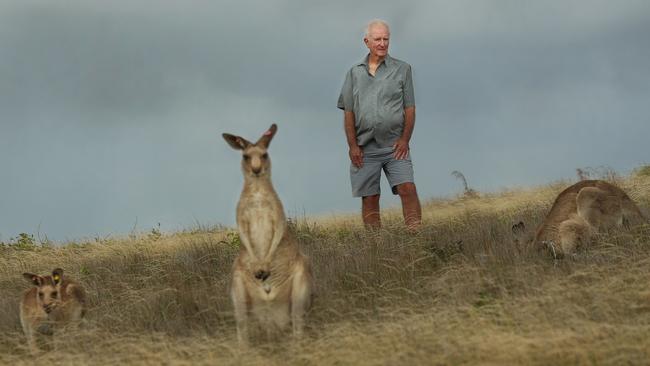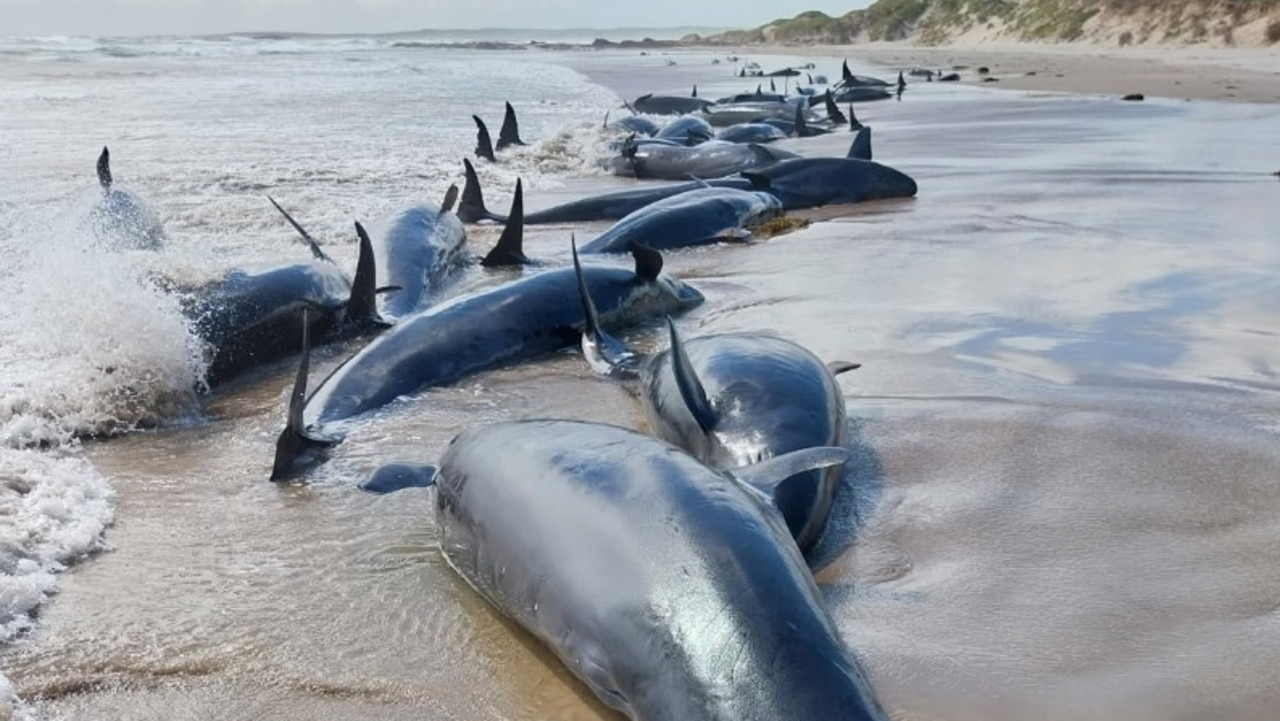We must hop to it and save our sick wildlife
When tourists stand among the grey kangaroos on Look At Me Now headland to take a selfie in the wild, they probably don’t think too hard about why the animals don’t jump away.

When tourists stand among the grey kangaroos on Look At Me Now headland to take a selfie in the wild, they probably don’t think too hard about why the animals don’t jump away.
Many no doubt reason it is because the kangaroos with the million-dollar views of Emerald Beach near Coffs Harbour are used to humans.
In reality, says resident Steven Tucker, it’s because they’re anaemic, lethargic and too sick to flee.
Overpopulation, overgrazing and snowballing ecological damage are symptoms of development pressures that have cut off the ability of kangaroo populations to spread inland.
Poor corridor planning is a longstanding and growing problem that exists in many coastal areas experiencing a sea change exodus from the cities.
Further south at Port Stephens, researchers have discovered koala populations are being corralled into islands of genetic conformity that pose a long-term threat to their survival.
While landscape scale planning with wildlife corridors is widely recognised as desirable, it is often difficult to deliver.
Associate professor Catherine Herbert from the University of Sydney has been studying the kangaroos on Look At Me Now headland since 2017 as part of research supported by Coffs Harbour Council and NSW National Parks and Wildlife Service.
She has tagged and tracked the animals and found there to be some of the highest recorded densities of 5.4 kangaroos per hectare — up to four times the optimum level.
Blood samples found the animals to be in very poor condition. The majority are anaemic, lethargic and not thriving.
“It can be difficult for people to recognise lethargy”, Dr Herbert said. “But if they were humans suffering the same levels of anaemia, they would be rushed to hospital for blood transfusion.”
Upgrading of the Pacific Highway into a dual carriageway as well as conversion of farmland and bushland to residential housing has blocked the population in.
Dr Herbert said management intervention was not an easy job because “in the urban areas there are a lot of different opinions”.
Mr Tucker, who lives near the headland, said despite earlier planning “there is no management program at all”.
“If they were domestic stock, the RSPCA would be called, the animals confiscated and the owners fined”, he said.
He has written to NSW Environment Minister Matt Kean to express his outrage at the condition of the animals.
“It is our belief that the diminished vegetative cover has had an accumulative effect upon the populations of insects, reptiles, amphibians, small marsupials and many ground-dwelling and feeding birds,” he said.
In a report published in 2017, Coffs Council and the National Parks and Wildlife Service said in some locations kangaroos may be in need of intervention.
The National Parks and Wildlife Service said it was investigating potential solutions to help conserve the kangaroo population at Emerald Beach, including the use of birth control.



